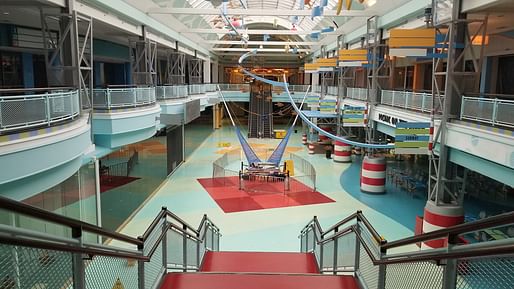

Malls represent heavy investments in infrastructure, construction materials and place making that should not be discarded. The popularity of dead malls as sites for Covid testing and eventually vaccinations underlines these essential qualities: Easy road access, unencumbered indoor space, instant name recognition. Contemplating the mall’s roots in the garden is an opportunity not for picturesque nostalgia but for new solutions. — The New York Times
The author of the forthcoming title Meet Me by the Fountain: An Inside History of the Mall, out next week from Bloomsbury, Lange crafts a nice rundown of dead mall spaces’ possible reuses as public gardens, apartment complexes, and even health care centers in a country where more than 250 such shopping centers are expected to shutter in the next three to five years.
“Some should be demolished and returned to nature, but more should be rethought from an ecological point of view. While malls are a wasteful use of land, replacement with new stand-alone buildings with space-hogging parking lots only compounds that wastefulness […]”
1 Comment
The idea here seems to be some kind of post-white, ethnic botanical mall utopia. But brown people like to shop for the same shoes in a safe family space too.
The article argues for some dramatic change in programming, but I see more in the same design evolution that has always happened: more new outdoor malls, 90s era centers remaining, same kind of shopping experience. There will always be a need for space in cold and warm climates, all around the world. If a mall is torn down, it is probably because it is dark and drab.
Block this user
Are you sure you want to block this user and hide all related comments throughout the site?
Archinect
This is your first comment on Archinect. Your comment will be visible once approved.